
Happy Women in Horror Month! In celebration of the contributions of women creators and directors, The Scariest Things invited Gwen Callahan from The Portland Horror Film Festival to discuss some of the great contributions from women behind the camera.
It is well documented that it has always been very difficult for women to get a break when it comes to directing movies. All you need to do is look at the Oscars race this year (no women) or for that matter, most any other year from the Academy. 80 years of Oscars, five women nominated, and only one winner. Yikes! The glass ceiling has for a long time been very high, and very thick, seemingly impossible to breakthrough. Things do seem to be changing, and horror movies are providing an avenue for a number of talented women to break into the old white dudes club. It ain’t equity yet, but you can feel the tides changing.
The political climate is right for women to get more involved. Change also has been made available because the genre tends to reward new directors an affordable proving ground, where you don’t need a Disney sized budget to achieve both recognition and profits. It’s a lower risk higher reward for production companies with unproven talent, and it has been that way for ALL directors dating back to the 1950’s and the Roger Corman school. Another factor that favors female directors is that the trend of misogynistic tropes in the genre seems to be less prevalent, and solid psychological and highly personal tales that are character forward would seem to encourage women that their points of view are now not only valid but essential.
So what about this new blood? The generation that may just punch a hole big enough in the horror ceiling to be significant? The roster of new female directors who have debuted within the horror genre in the last ten years has been impressive and includes the likes of Jennifer Kent [The Babadook], Ana Lily Amirpour [A Girl Walks Home Alone at Night], Issa Lopez [Tigers are Not Afraid], Axelle Carolyn [Soulmate], Leigh Janiak [Honeymoon], Emma Tammi [The Wind], Julia Ducarneau [Raw], Coralie Fargeat [Revenge], The Soska Sisters [American Mary], Jenn Wexler [The Ranger], and Chelsea Stardust [Satanic Panic]. So much promise here! How many of them will stay in the genre? Who will get the big studio break?
Eric has to admit being shamed into not knowing about Ida Lupino, who would have to be considered the mother of all horror/thriller female directors. Go see the Hitch-hiker, the dark noir thriller (horror adjacent) classic is available for free with Amazon Prime. It also should be noted that the only woman to earn a best director Oscar is Kathryn Bigelow whose first film was the gritty dust-punk vampire film Near Dark. Other great pioneers who impacted the horror genre, but found most of their success in television were Antonia Bird [Ravenous], Mary Lambert [Pet Sematary], and Amy Holden Jones [Slumber Party Massacre.] You will also find that there are a LOT of Karyn Kusama fans on this podcast, who has several horror titles to her name now, and she has become a reliable horror director.
As part of the celebration of Women in Horror History month, the Portland Horror Film Festival is offering free film submissions from female directors. I know that we have received a multitude of submissions from female directors of short films, and I could not recommend the Portland Horror Film Festival more for its excellent catalog of horror shorts.
So, get to know your women horror directors. There is so much promise out there with all the new directors to the scene, that it feels like this is the first legitimate wave of female directors in horror. So go catch that wave, and catch up on their films!
Here is a rundown of the notable female directors out there.

Ida Lupino 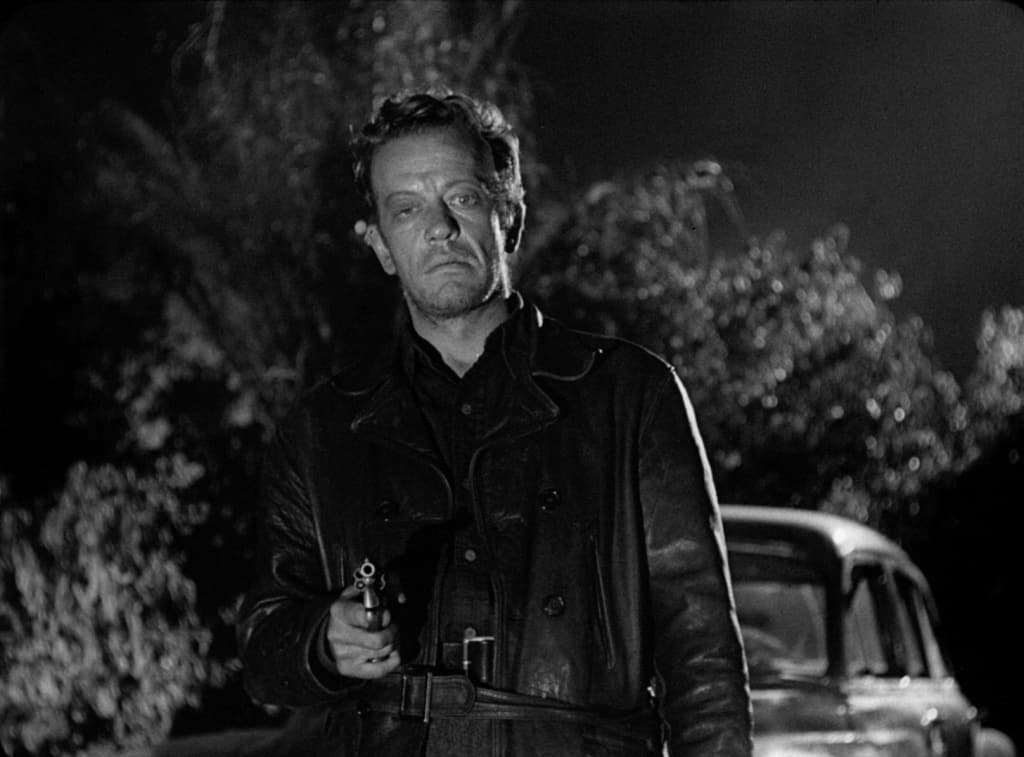
The Hitchhiker (1953) 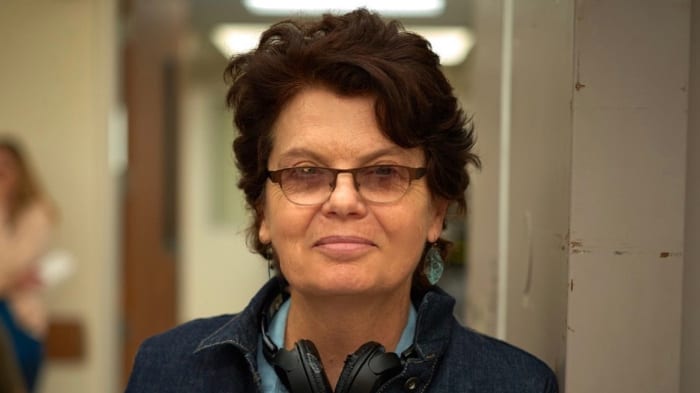
Amy Holden Jones 
Slumber Party Massacre (1982) 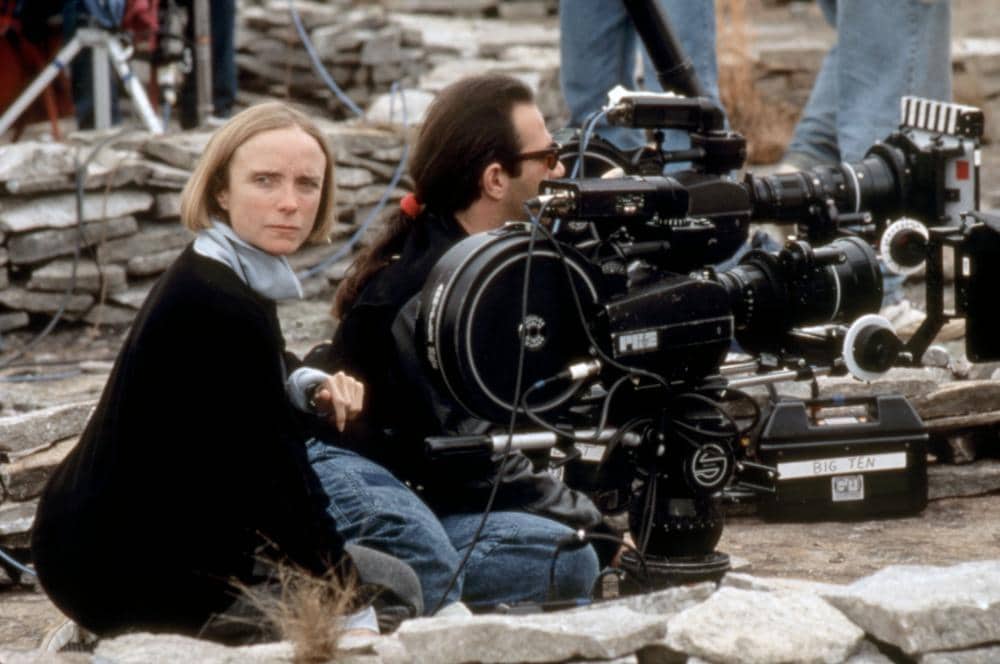
Mary Lambert 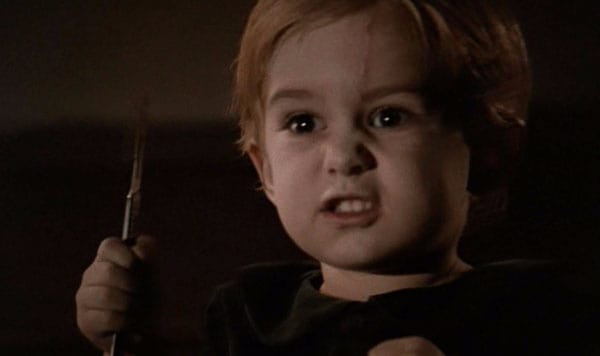
Pet Sematary (1987) 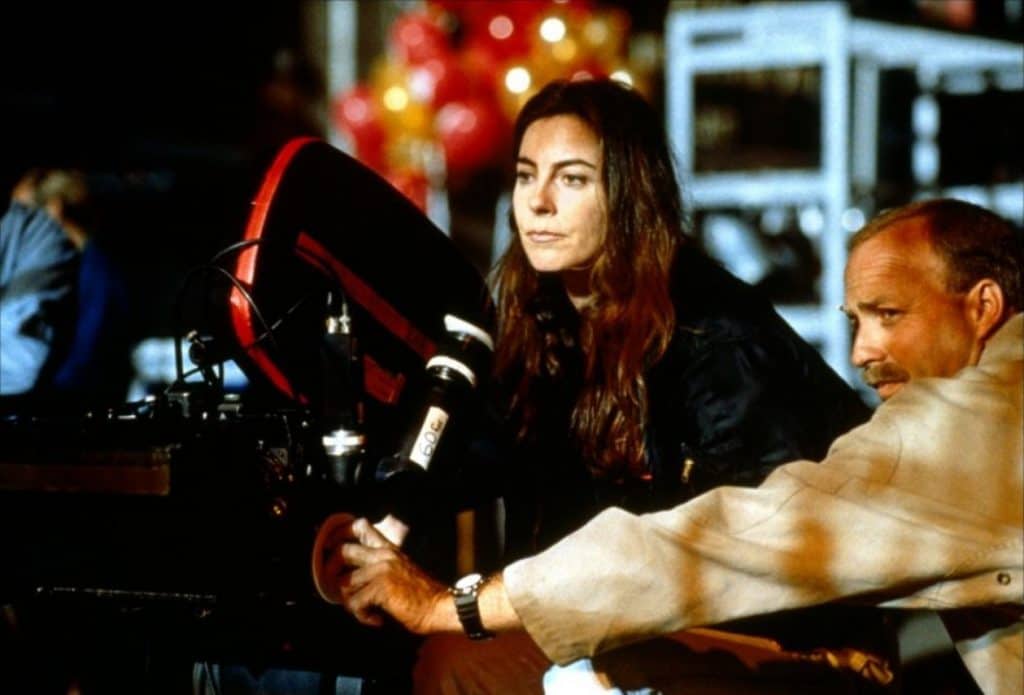
Kathryn Bigelow 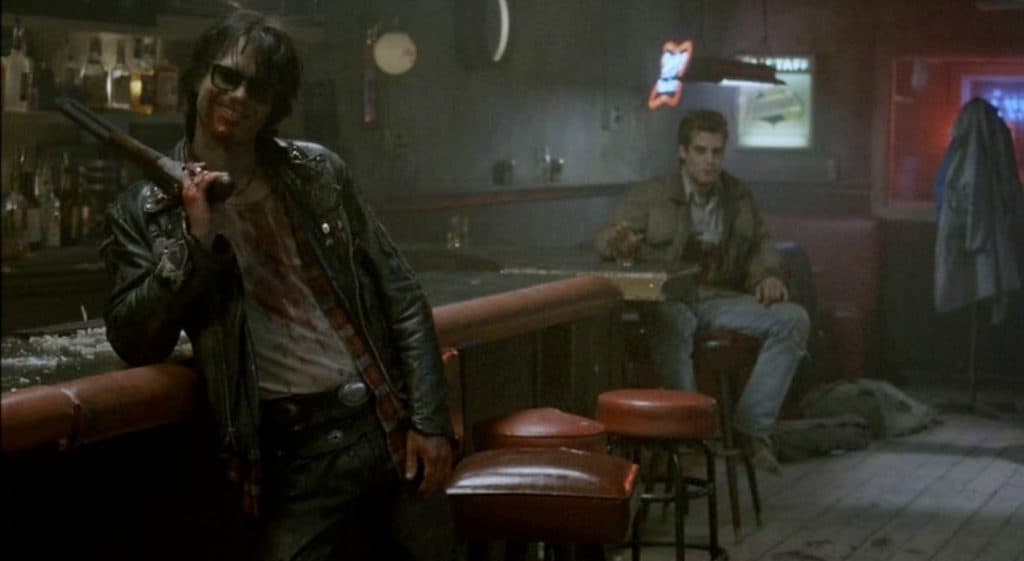
Near Dark (1987) 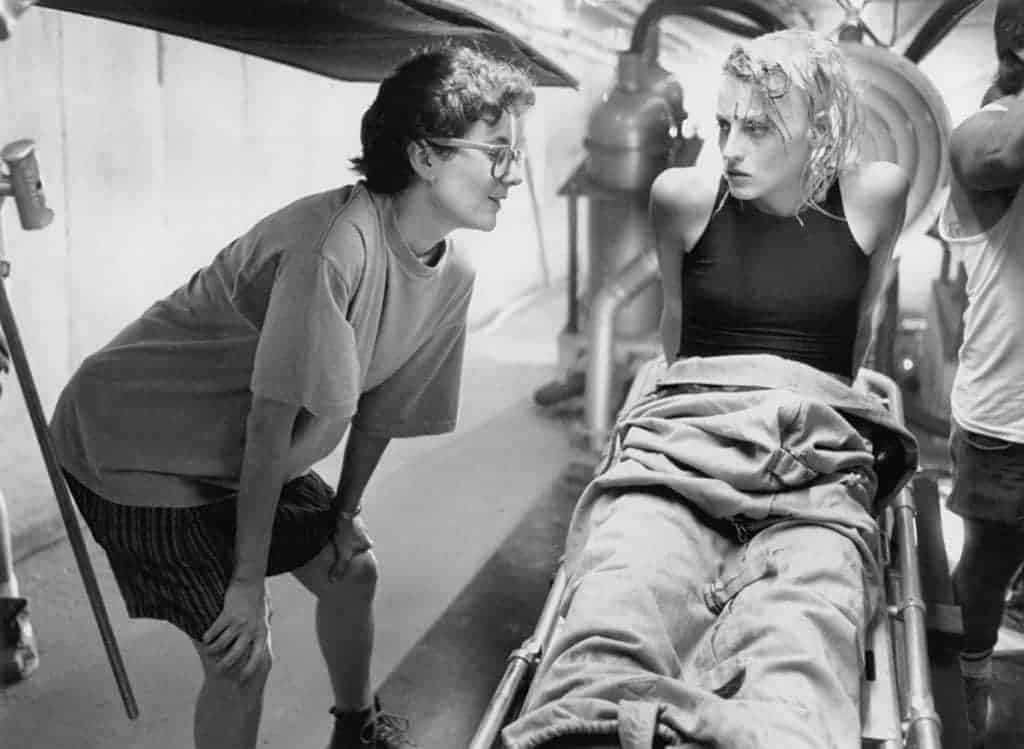
Rachel Talalay 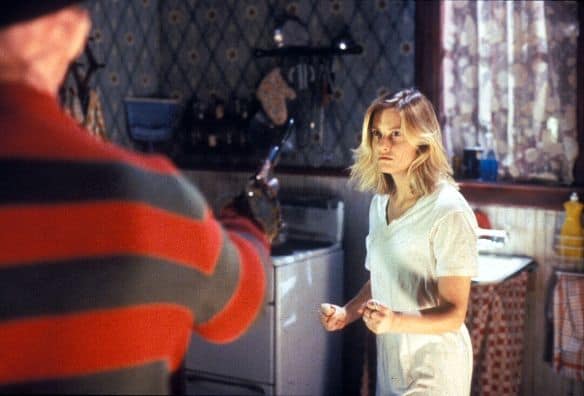
Freddy’s Dead (1991) 
Fran Rubel Kuzui 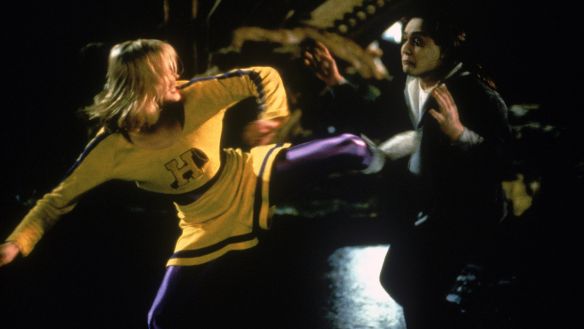
Buffy The Vampire Slayer (1992) 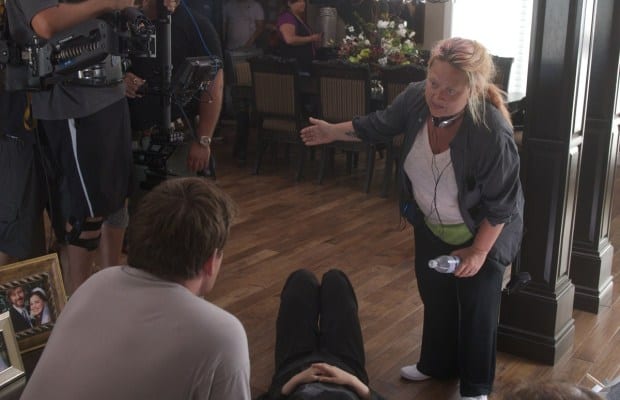
Jennifer Lynch 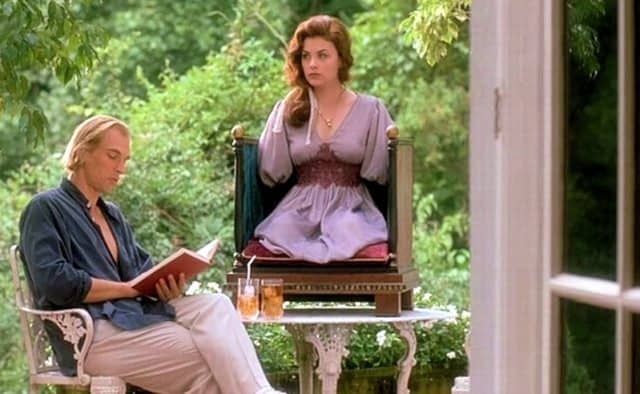
Boxing Helena (1993) 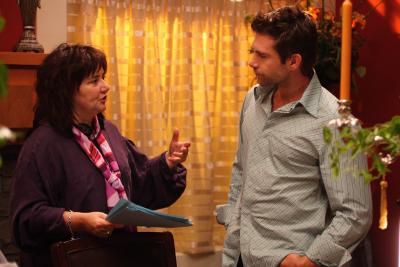
Holly Dale 
Blood and Donuts (1995) 
Antonia Bird 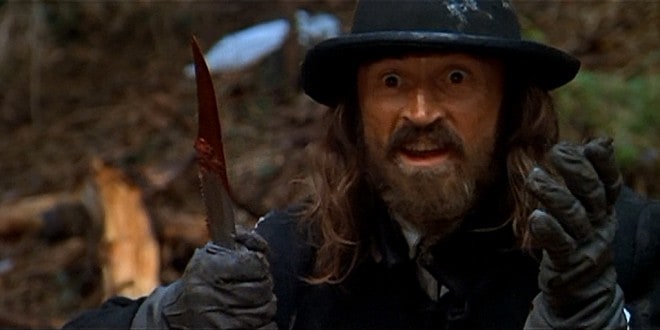
Ravenous (1999) 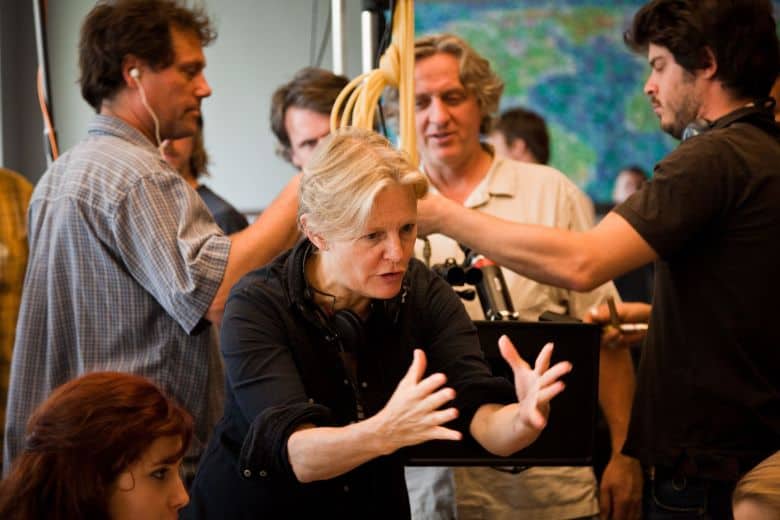
Mary Harron 
American Psycho (2000) 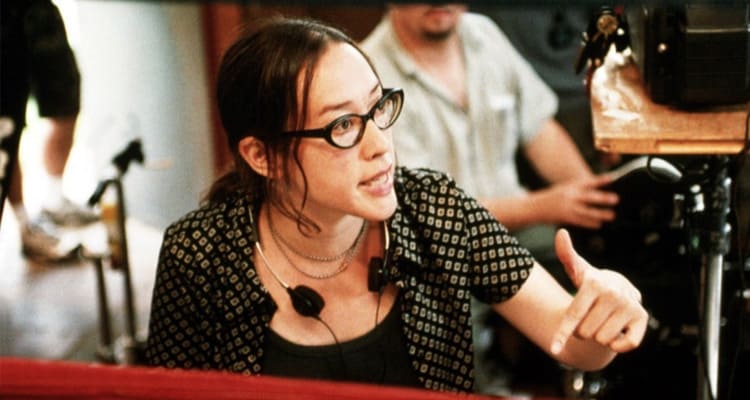
Karyn Kusama 
Jennifer’s Body (2009) 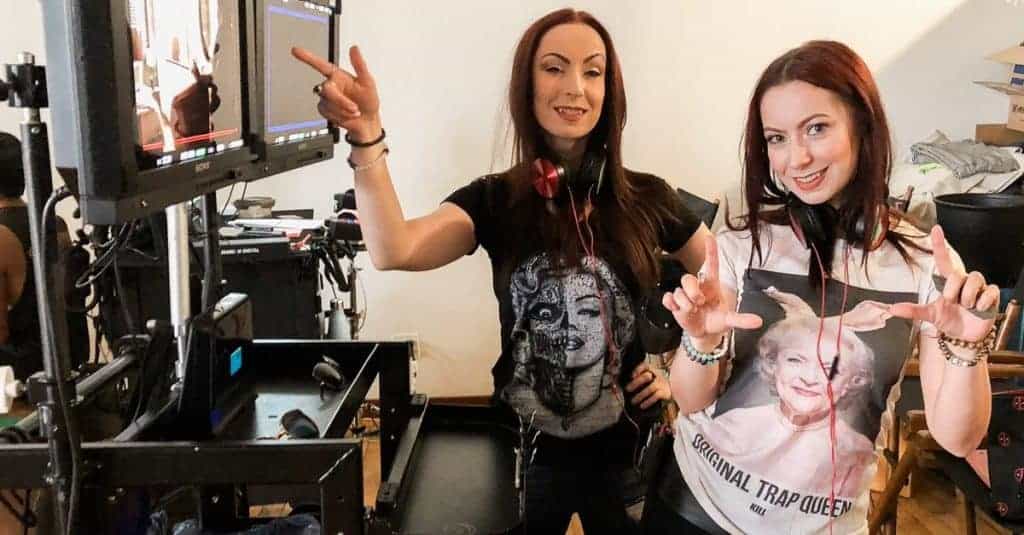
The Soska Sisters 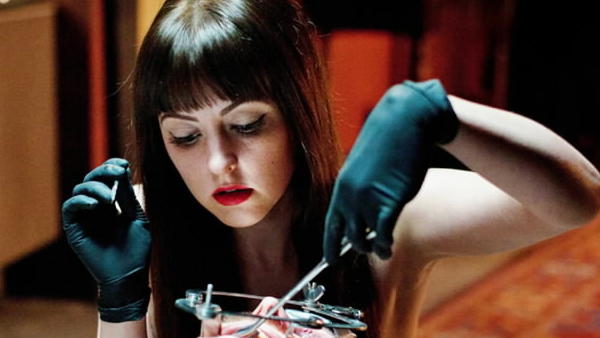
American Mary (2009) 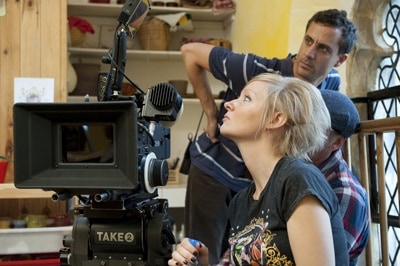
Axelle Carolyn 
Soulmate (2013) 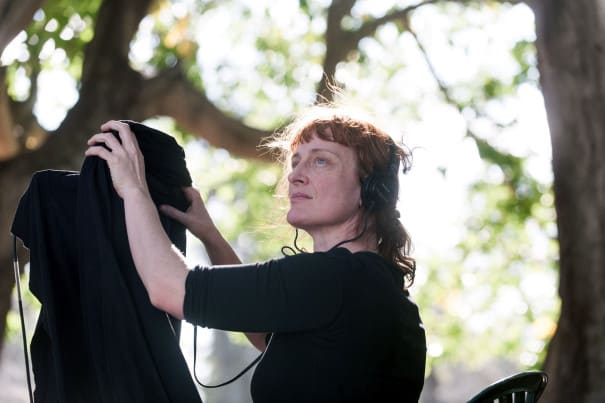
Jennifer Kent 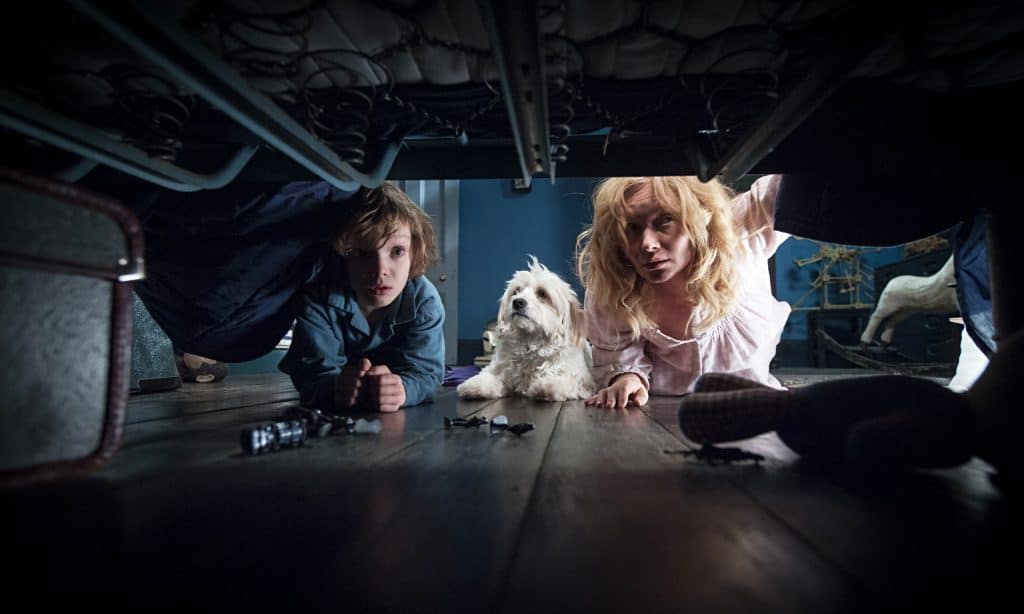
The Babadook (2014) 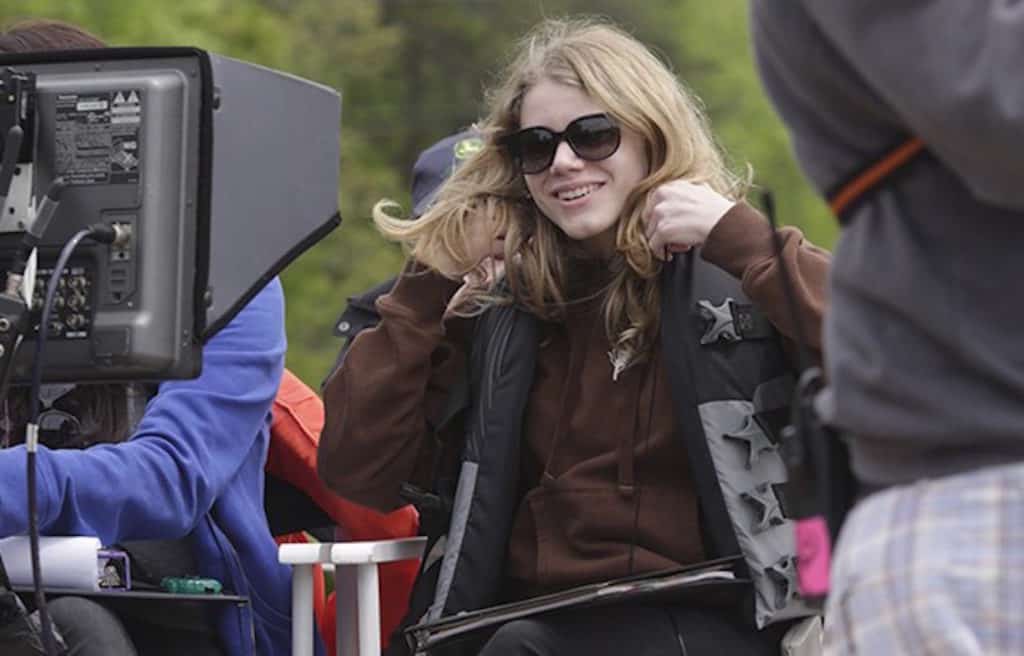
Leigh Janiak 
Honeynmoon (2015) 
Ana Lily Amipour 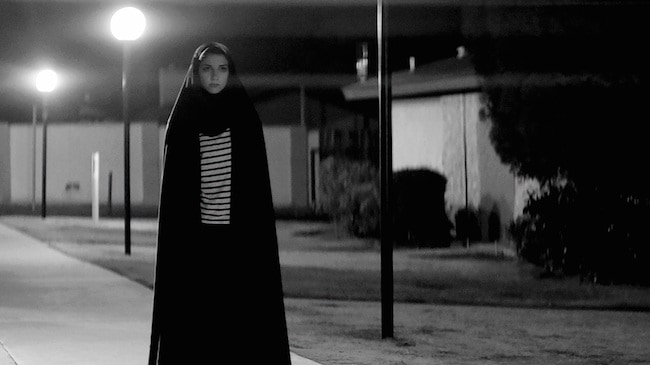
A Gril Walks Home Alone at Night (2015) 
Julia Ducarneau 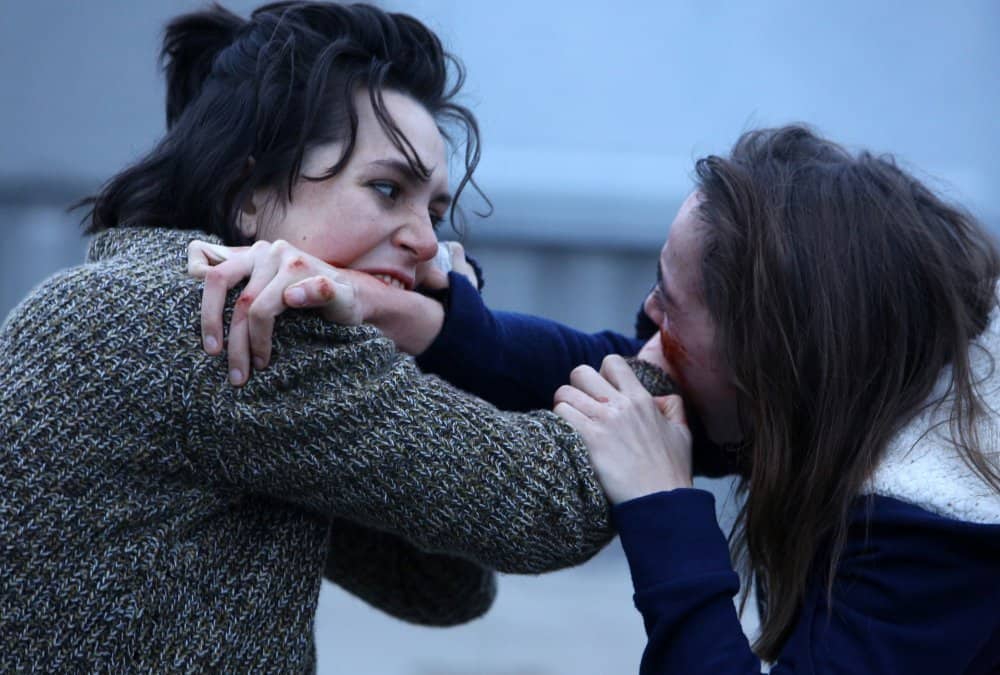
Raw (2016) 
Jovanka Vuckovic 
XX “The Box” (2017) 
St. Vincent 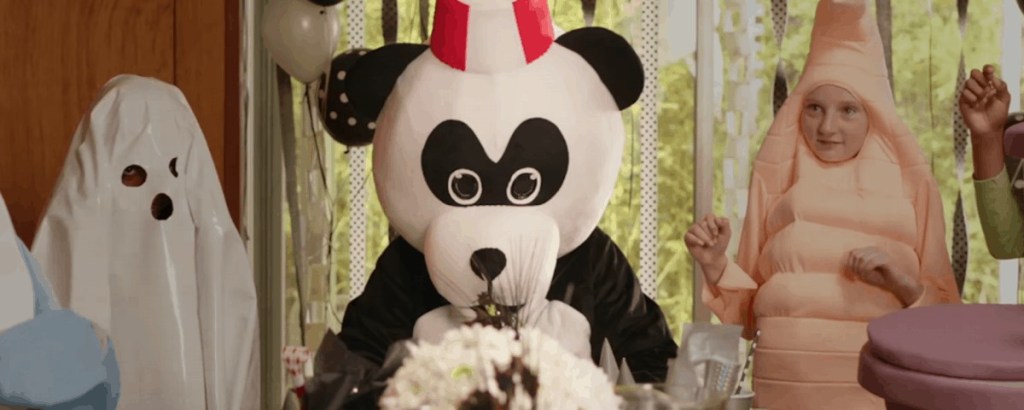
XX “The Birthday Party” (2017) 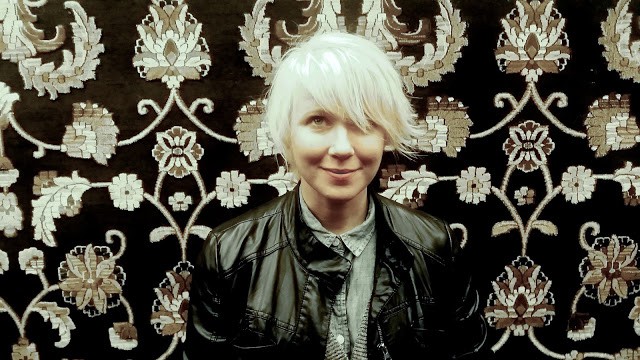
Roxanne Benjamin 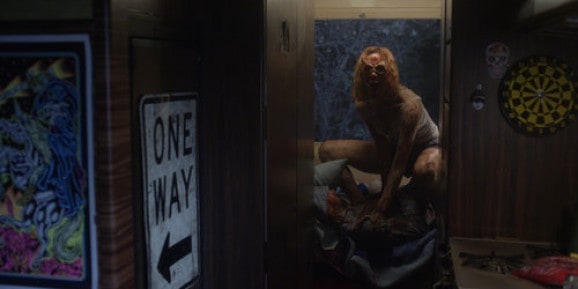
XX “Don’t Fall” (2017) 
Jen Wexler 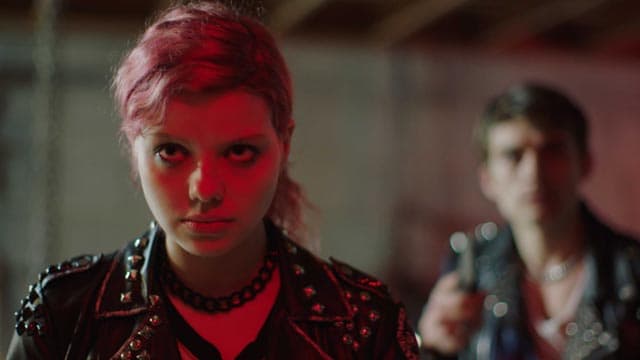
The Ranger (2018) 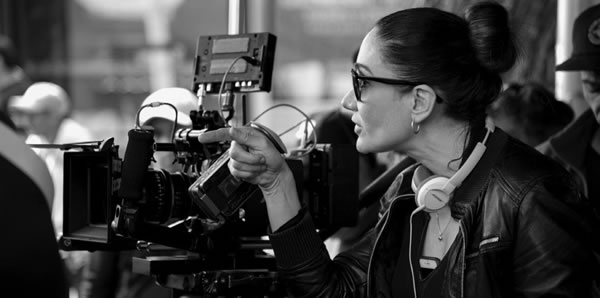
Issa Lopez 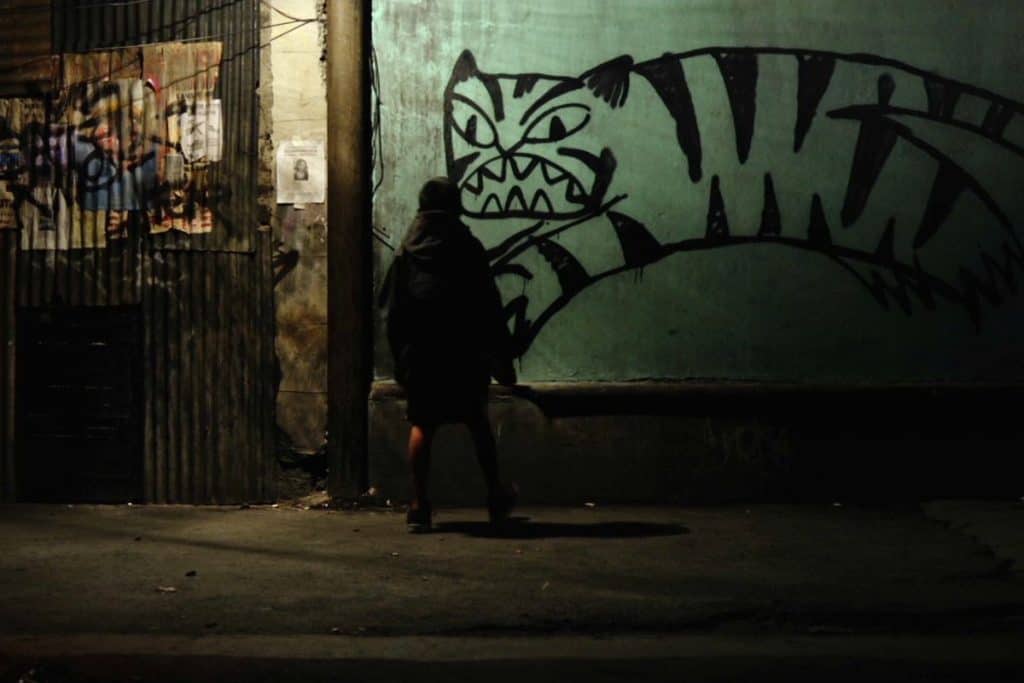
Tigers are not Afraid (2018) 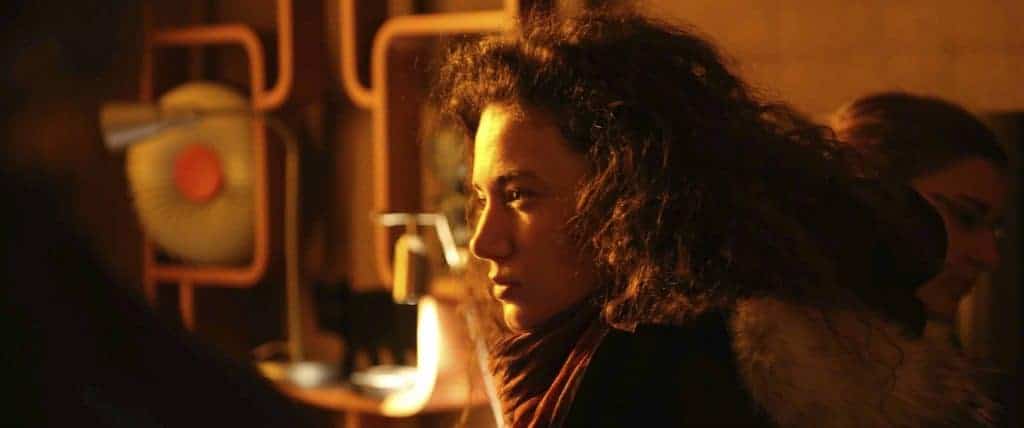
Coralie Fargeat 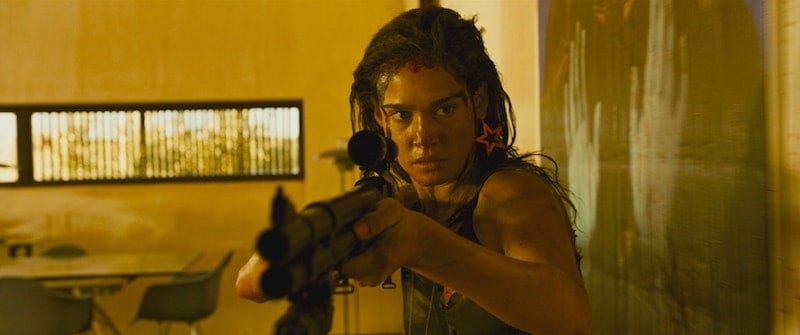

Emma Tammi 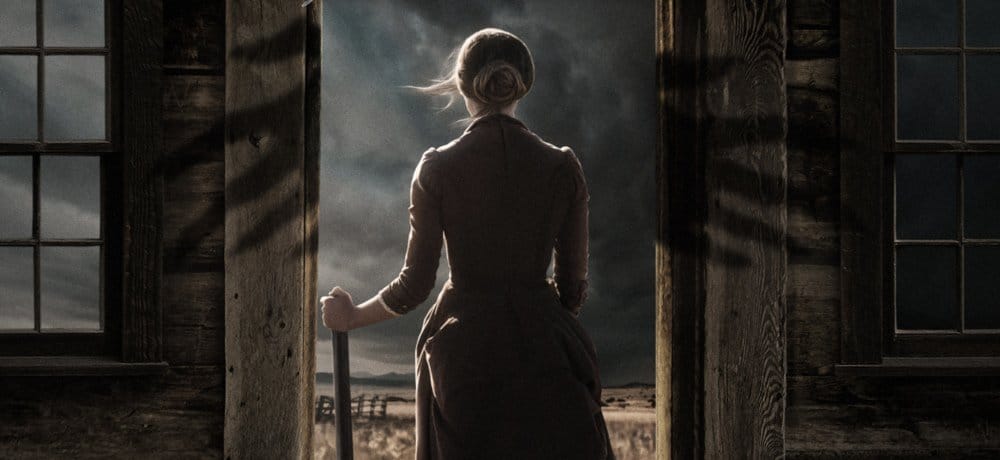
The Wind (2019) 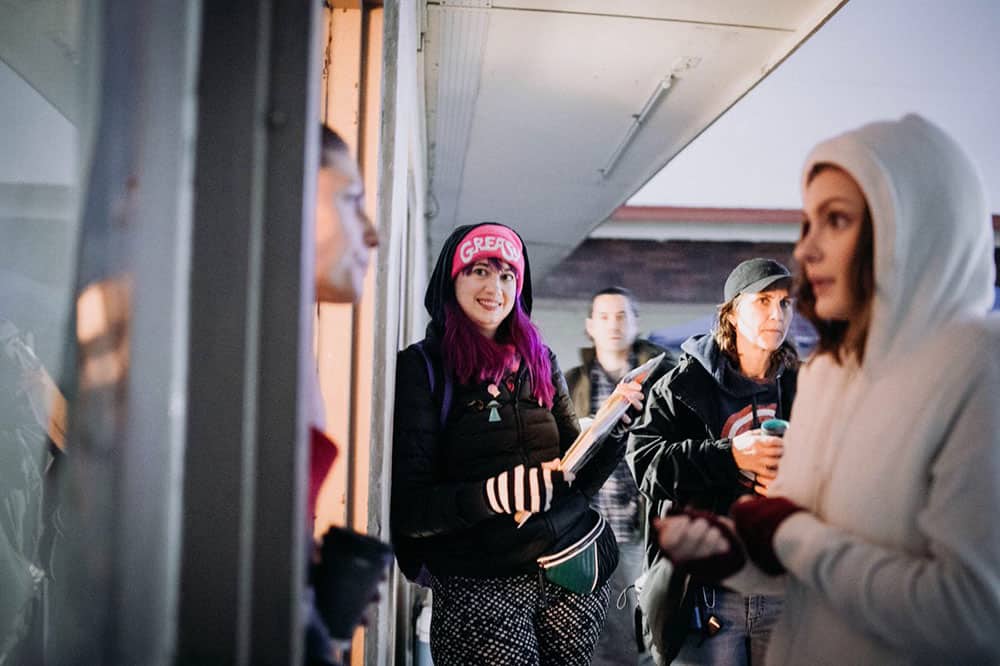
Chelsea Stardust 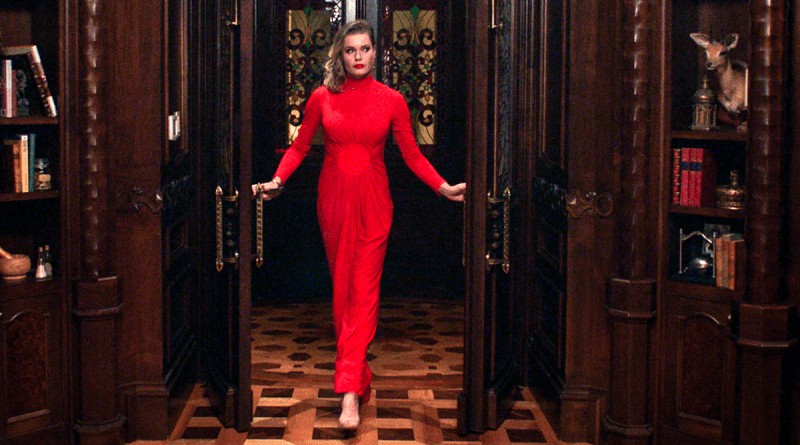
Satanic Panic (2019)
Podcast: Play in new window | Download | Embed

